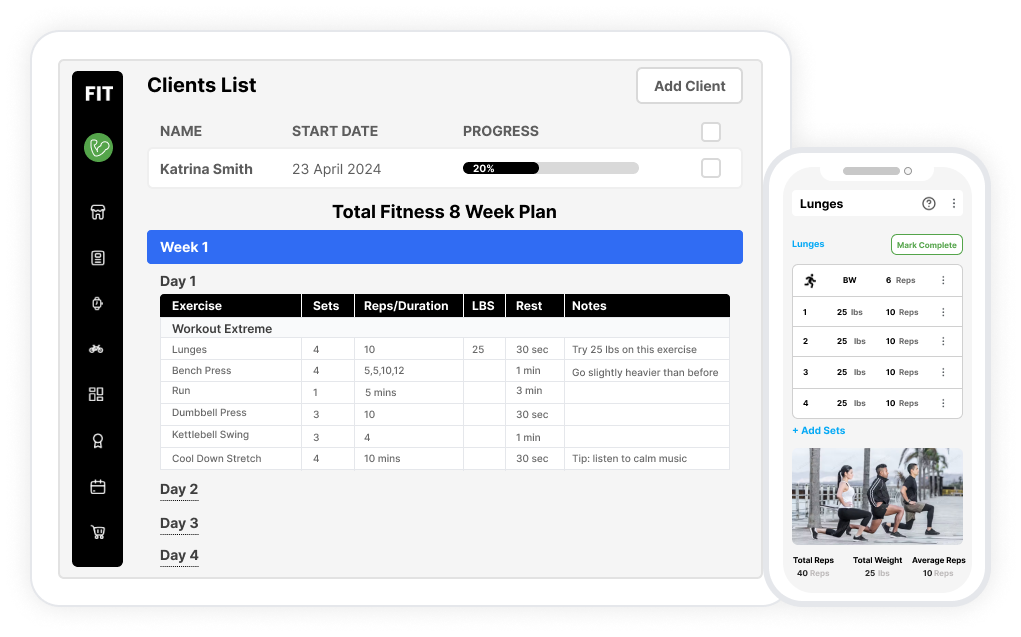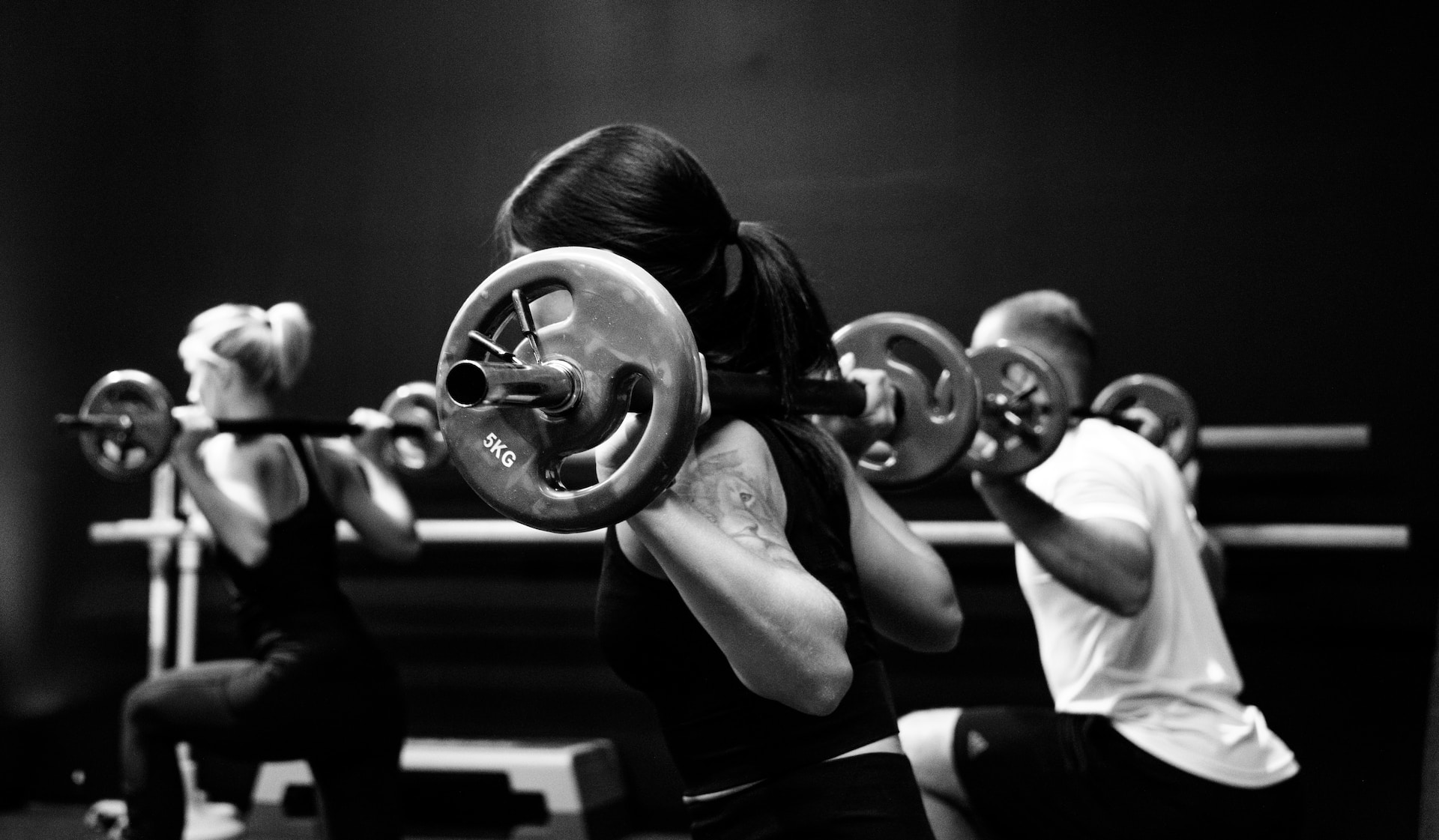Which Fruits and Vegetables should I eat in the Winter Time
When winter arrives, our taste buds naturally gravitate towards the flavors that define the season. Some fruits and vegetables not only taste better during the colder months but also pack a nutritional punch. We'll explore these winter wonders, why they're extra delicious now, and share some easy recipes to make the most of the winter produce.Winter Delights: Fruits and Vegetables that Shine1. Citrus Fruits:Winter is the time for juicy citrus fruits like oranges, grapefruits, and clementines. Besides being refreshing, they're loaded with vitamin C, perfect for boosting your immune system during the chilly season.2. Winter Squash:Butternut and acorn squash are stars of the winter. They bring a comforting and hearty element to meals, plus they're packed with vitamins A and C. Roast them, mash them, or add them to soups – these squashes are winter kitchen essentials.3. Dark Leafy Greens:Despite the cold, dark leafy greens like spinach, kale, and Swiss chard thrive in winter. They're rich in iron and vitamin K, great for your bones and immune system. Throw them into soups or sauté with garlic for a quick and nutritious side dish.4. Root Vegetables:Carrots, sweet potatoes, and beets are winter gems. They're not only tasty but also high in fiber and antioxidants, keeping your digestion in check and providing lasting energy. Roast them for a side dish or toss them into stews for a satisfying winter meal.5. Apples and Pears:Apples and pears are classic winter fruits, offering a sweet and crisp bite. Packed with fiber and various vitamins, they make for convenient and healthy snacks. Enjoy them fresh, add slices to salads, or bake them into a warm, comforting dessert.6. Cruciferous Vegetables:Broccoli, cauliflower, and Brussels sprouts come into their own during the winter season. Loaded with vitamins and antioxidants, they not only support your immune function but also add a delightful crunch to winter meals. Roast them, stir-fry them, or toss them into a hearty winter salad.Preserving the Essence of Winter FlavorsPart of the magic of winter produce is how it's preserved. The cold temperatures enhance the natural sugars in these fruits and vegetables, making them sweeter and more flavorful. Many winter crops have a longer growing season, allowing them to develop their full taste potential. Storing them properly, using methods like root cellaring and cool storage, helps keep their freshness and flavor intact.Recipes to Warm Your Winter Plate1. Roasted Butternut Squash Soup:Ingredients:1 butternut squash, peeled and cubed1 onion, diced2 carrots, chopped2 apples, peeled and sliced4 cups vegetable broth1 teaspoon thymeSalt and pepper to tasteInstructions:Roast squash, onion, carrots, and apples until caramelized.Blend with vegetable broth until smooth.Season with thyme, salt, and pepper.Simmer for 15 minutes and enjoy a cozy, warming soup.2. Citrus Winter Salad:Ingredients:Mixed dark leafy greens (kale, spinach, Swiss chard)Segments of oranges and grapefruitsSliced avocadoToasted walnutsFeta cheeseBalsamic vinaigretteInstructions:Toss together greens, citrus segments, avocado, and walnuts.Sprinkle with crumbled feta.Drizzle with balsamic vinaigrette.A refreshing and nutrient-packed winter salad is ready.3. Root Vegetable Medley:Ingredients:Carrots, sweet potatoes, beets (peeled and diced)Olive oilRosemary and thymeSalt and pepperInstructions:Roast diced vegetables with olive oil, rosemary, thyme, salt, and pepper.Roast until golden brown and tender.A colorful and flavorful side dish to accompany any winter meal.Embrace the Winter Harvest: Making Informed and Delicious ChoicesWinter offers us a unique opportunity to enjoy fruits and vegetables that are not only delicious but also packed with health benefits. By incorporating these seasonal treasures into simple recipes, we not only warm our plates but also provide our bodies with nourishing goodness. So, let's embrace the winter harvest, revel in the delightful flavors, and make our plates a canvas for the rich, nutritious choices that this season brings.
By Latoya "Your Personal eTrainer"

